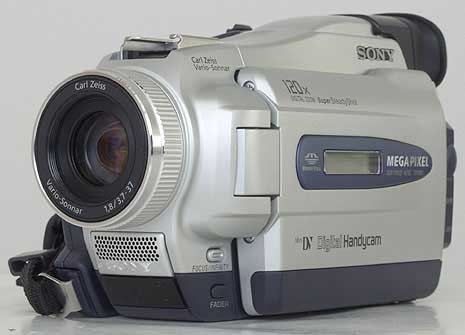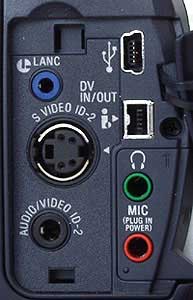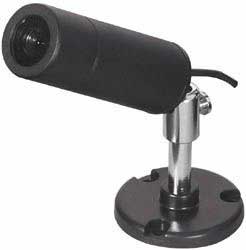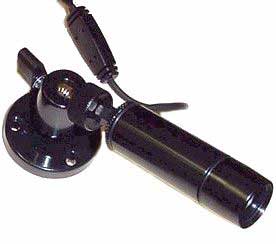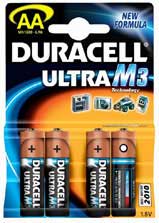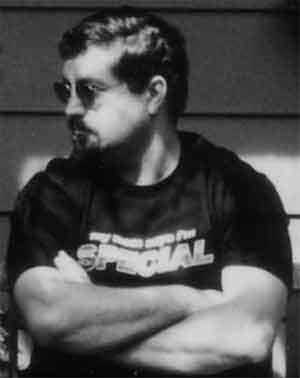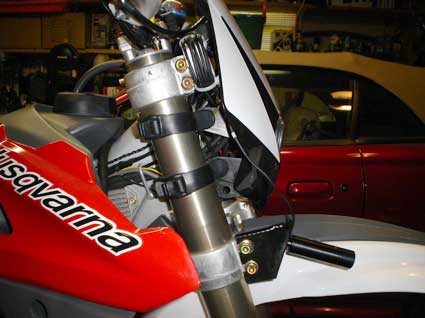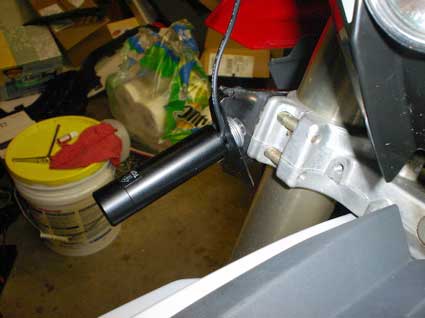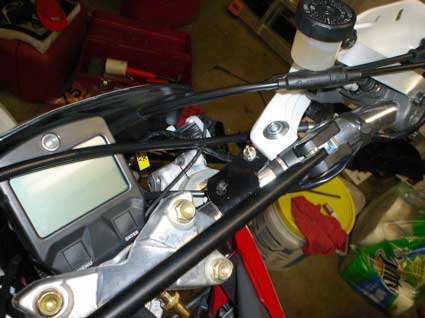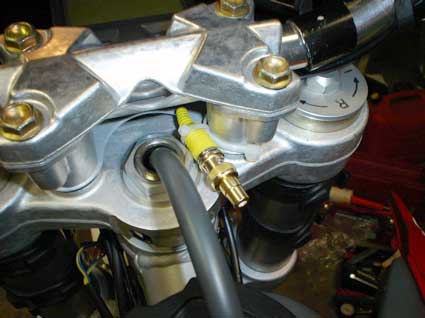Project Hooli-Cam: A Do-it-yourself guide to cobbling together your own helmet camera kit.
If you're like how I used to be, then you likely know very little about video cameras or video gear. Likely you find yourself going into stores knowing what you'd like to do but because you don't know the jargon, you are often met with blank stares and a lot of advice that doesn't add up to a video solution. Because I have already suffered through the indignity of asking way too many dumb people even dumber questions, let me be your video guide and show you what you'll need to cobble together a helmet camera system that is fully integrated into your motorcycle's electrical system.
The Video Camera.
There are a number of video formats available for the consumer these days with the Mini-DV format being the most popular at this time. The problem for old-school types like myself, is that although we often know exactly what we want to do, we lack the vocabulary to talk to the video geeks and the information we gather from the video camera manufactures is often presented in such a way that it only makes sense to us after we've become experts ourselves.
For project Hooli-Cam I purchased a year-old Sony TRV-27 new in the box from Ritz Camera off of Ebay for a song. The Sony is a Mini-DV which is the preferred non-professional format if you're going to do any computer editing before you burn your video to DVD or compress it to share across the web.
Hands down, the best place I've found on the web to learn about all the various video cameras is over at DVspot.com, a site run by Jeff Keller. Jeff's reviews are detailed, layman-friendly, and he provides video and photographic samples of how each camera he has tested works. The best thing about Jeff's site is that he keeps a page with links to every camera that he has tested and reviewed. This comes in handy if you wish to purchase last year's camera inexpensively because it informs you as to what cameras have the features that you're looking for. Take a look at DVspot's camera reviews page and become an expert.
